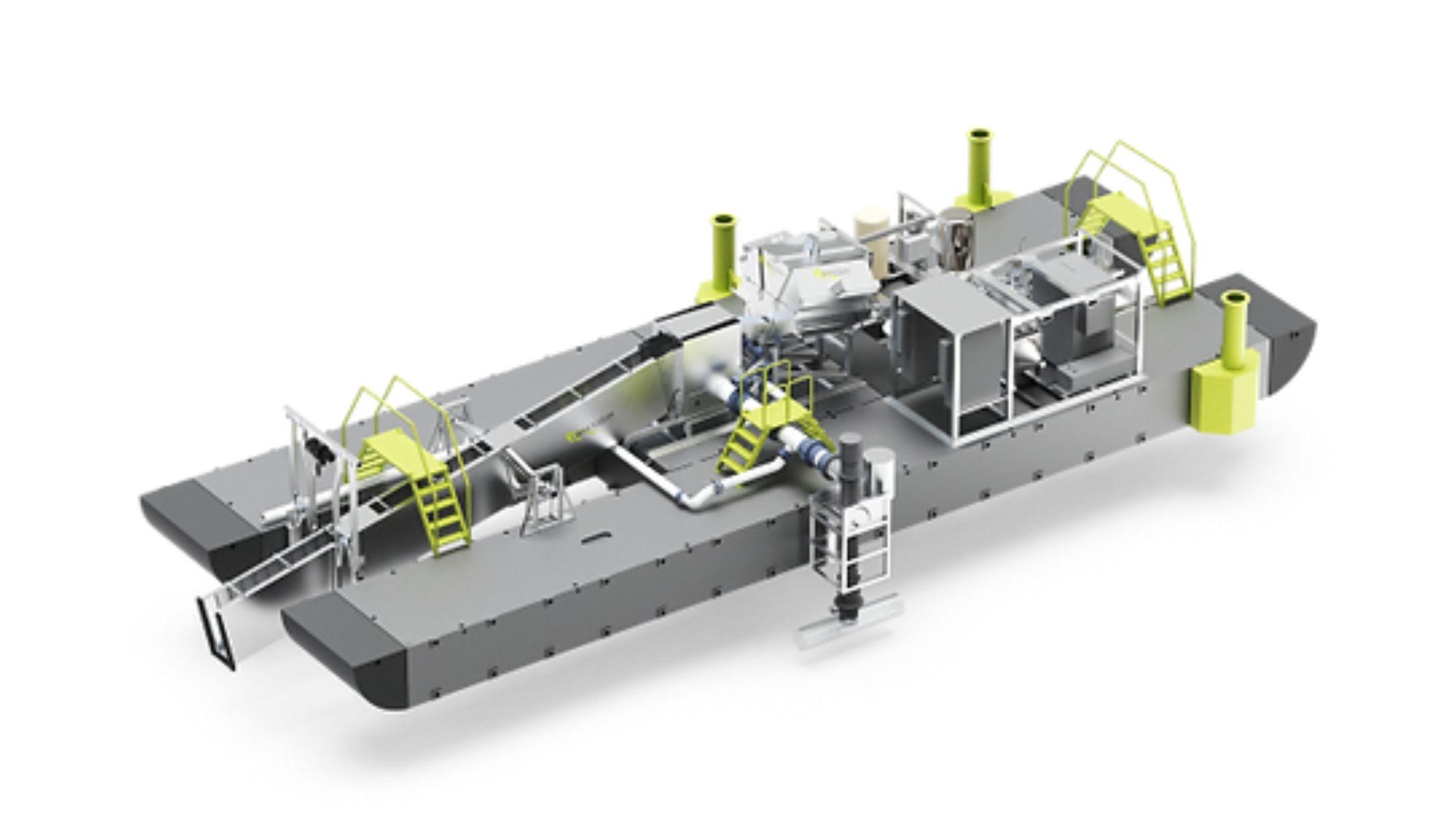Fish Guidance Tools - The Critical Need for Smarter Fish Migration Solutions

Rivers and reservoirs serve as complex highways for migratory fish, but modern infrastructure nearly always throws obstacles in their path. For dam operators, water agencies, and ecosystem managers, ensuring healthy fish migration is more than just a regulatory checkbox, it is the foundation for resilient aquatic systems and thriving native populations. As we look for smarter ways to reconcile operational demands with ecological priorities, it’s clear that advances in fish guidance are becoming central to this mission.
How Are Fish Guidance Tools Raising the Bar?
Decades ago, fish ladders and simple screens were the state-of-the-art for directing fish around barriers. Today, our expectation of performance is leagues higher. Modern fish guidance tools go beyond basic deterrence; they incorporate behavioral science, hydrodynamics, and automation. Designed to steer fish away from turbines and intakes, these tools use a range of techniques, directed flows, physical barriers, sensory cues like light and sound, and, more recently, smart technology.
The real innovation is in how systems such as Whooshh’s GuidanceGrid™, custom baffles, and behavioral cues work in tandem to give both fish and operators maximum control with minimal risk. In the middle of all this, fish guidance tools now blend data collection with management, producing actionable insight rather than just manual adjustments. As one river operations manager noted, “We’re getting to a point where our technology helps fish make the safe choice, not just a forced one.”
Making Migration Safer and More Selective
Not all migratory species have the same needs or behaviors, and not all rivers house only “desirable” fish. Traditionally, barriers would let everything through, for better or worse. Newer systems prioritize selective passage, ensuring that native or targeted species succeed, while tough customers like invasive carp are less likely to slip by. Precision control over flows and attraction points, combined with real-time monitoring, means that fewer fish are injured or lost during migration seasons.
Modular, field-deployable guidance arrays used by firms like Whooshh Innovations are adaptable enough for low-head dams, canals, and even urban water intakes. The days of single-purpose, fixed barriers are, thankfully, winding down. Instead, dynamic tools align system function with on-the-ground realities and conservation targets, offering peace of mind for regulatory and commercial stewards alike.
What Are End Users Reporting Back?
Field experience reveals that the latest fish guidance tools are reducing both operational headaches and ecological risks. Operators see fewer unexpected shutdowns caused by fish clogs or screen fouling, while biological monitoring points to significant decreases in turbine entrainment and passage mortality. Managers often report, “These tools have made us allies with fish migration rather than constant adversaries,” testifying to the shift toward proactive stewardship with a side of practical, day-to-day relief.
How Does Fish Guidance Enable Broader River Restoration?
The utility of fish guidance highlights how targeted interventions can seed wider ecosystem improvement. Channeling migrators efficiently is step one, but newly available data sets the groundwork for adaptive management. By integrating sensors with guidance hardware and automating reporting, operations teams can see in near real-time what is working, and adjust accordingly across seasons or changing flow regimes. In the current landscape, fish guidance has evolved from a retrofitted patch to a key tool in system-wide health and resilience. The combination of gentle cues and hard data means that even under challenging conditions, rivers can be managed to support biodiversity and business needs at once.
Final Remarks: The Future of Aquatic Operations Is Adaptive
Fish guidance tools represent the new standard for balancing operational, regulatory, and conservation needs. What once amounted to guesswork is now grounded in data and precision engineering, and that’s a huge leap forward for clients managing sensitive sites or complex migration patterns. Whooshh Innovations exemplifies this trajectory by providing adaptable solutions that fit diverse environments, from rugged remote dams to urban water supply intakes.
- Art
- Causes
- Crafts
- Dance
- Drinks
- Film
- Fitness
- Food
- الألعاب
- Gardening
- Health
- الرئيسية
- Literature
- Music
- Networking
- أخرى
- Party
- Religion
- Shopping
- Sports
- Theater
- Wellness



